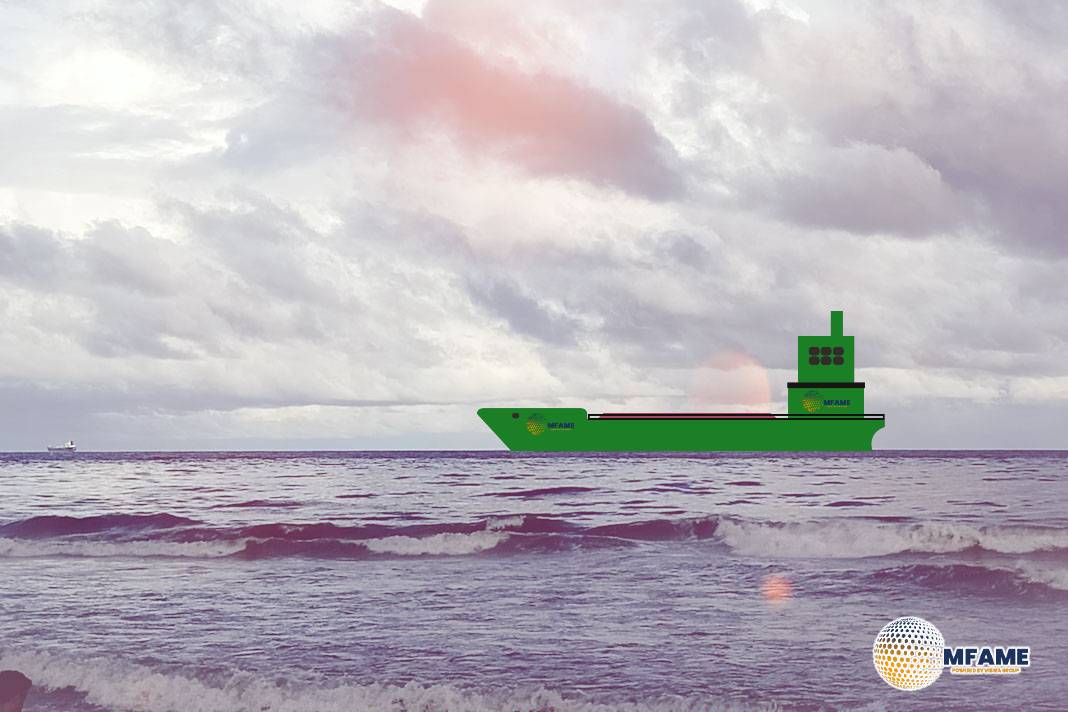- Only 20% of the Required Port Electrification is completed.
- Ships Still Burning Fossil Fuels While Docked.
- Cruise Ships Emit Six Times More Than Containers at Berth.
A recent study commissioned by Transport & Environment (T&E) and carried out by DNV has found that many of Europe’s major ports are lagging in their efforts to cut down on air pollution caused by ships that are docked. Even with the EU Green Deal requirements in place, only 20% of the essential electric shore power infrastructure has been either installed or contracted in the ports that were surveyed, reports T&E.
Ships Still Burning Fossil Fuels While Docked
More than 6% of the EU’s maritime CO₂ emissions come from ships that continue to burn fossil fuels while they’re docked. Along with carbon dioxide, these ships also release sulphur oxides (SOx), nitrogen oxides (NOx), and particulate matter (PM)—all of which are harmful to both human health and the environment. While electric plug-in systems are available to allow ships to operate without burning fuel, they are still not being used to their full potential.
EU Mandate Requires Shore Power by 2030, But Progress Is Slow
According to the EU Green Deal, ports must provide shore-side electricity for ships by 2030. However, the study revealed that out of the 31 major EU ports evaluated, only four, Algeciras, Livorno, Świnoujście, and Valletta, have installed or contracted more than half of the necessary onshore power supply (OPS) infrastructure. In contrast, ports like Antwerp, Dublin, Gdansk, and Lisbon have yet to invest in this crucial infrastructure.
Ports such as Rotterdam, Barcelona, Valencia, Bremerhaven, and Le Havre also showed disappointing progress in meeting compliance standards.
Health and Climate Gains from Electrification Could Be Immediate
Inesa Ulichina, shipping policy officer at T&E, said: “Ports are failing local residents and passengers by allowing unnecessary pollution from idling ships. Electric plug-in technology is available and would reduce shipping’s impact on local air pollution and the climate overnight. For shipping segments that spend a lot of time at ports like cruise ships, plugging in would be a game-changer.”
Cruise Ships Are Major Contributors to Port-Side Emissions
Cruise ships often dock for extended periods, and they churn out more than six times the port-side emissions compared to container ships. Just in 2023, Carnival’s Azura, which can carry 3,500 passengers, released a staggering 22,800 tonnes of CO₂ while in European ports. According to T&E, if these ships utilised shore power, they could have nearly wiped out those emissions and slashed their total annual emissions by 20%.
T&E is Pushing for Urgent Policy Changes
To accelerate this shift, T&E is urging the EU to:
- Move the shore power requirement for cruise ships up to 2028.
- Enable ports to earn clean energy credits when ships connect to shore power.
- Boost EU funding aimed at electrifying ports.
- Broaden regulations to cover all high-emission vessels, not just the biggest passenger and container ships.
T&E believes these steps are crucial for safeguarding public health, reducing climate emissions, and ensuring that the maritime industry plays its part in Europe’s green transition.
Did you subscribe to our daily Newsletter?
It’s Free Click here to Subscribe!
Source: T&E















